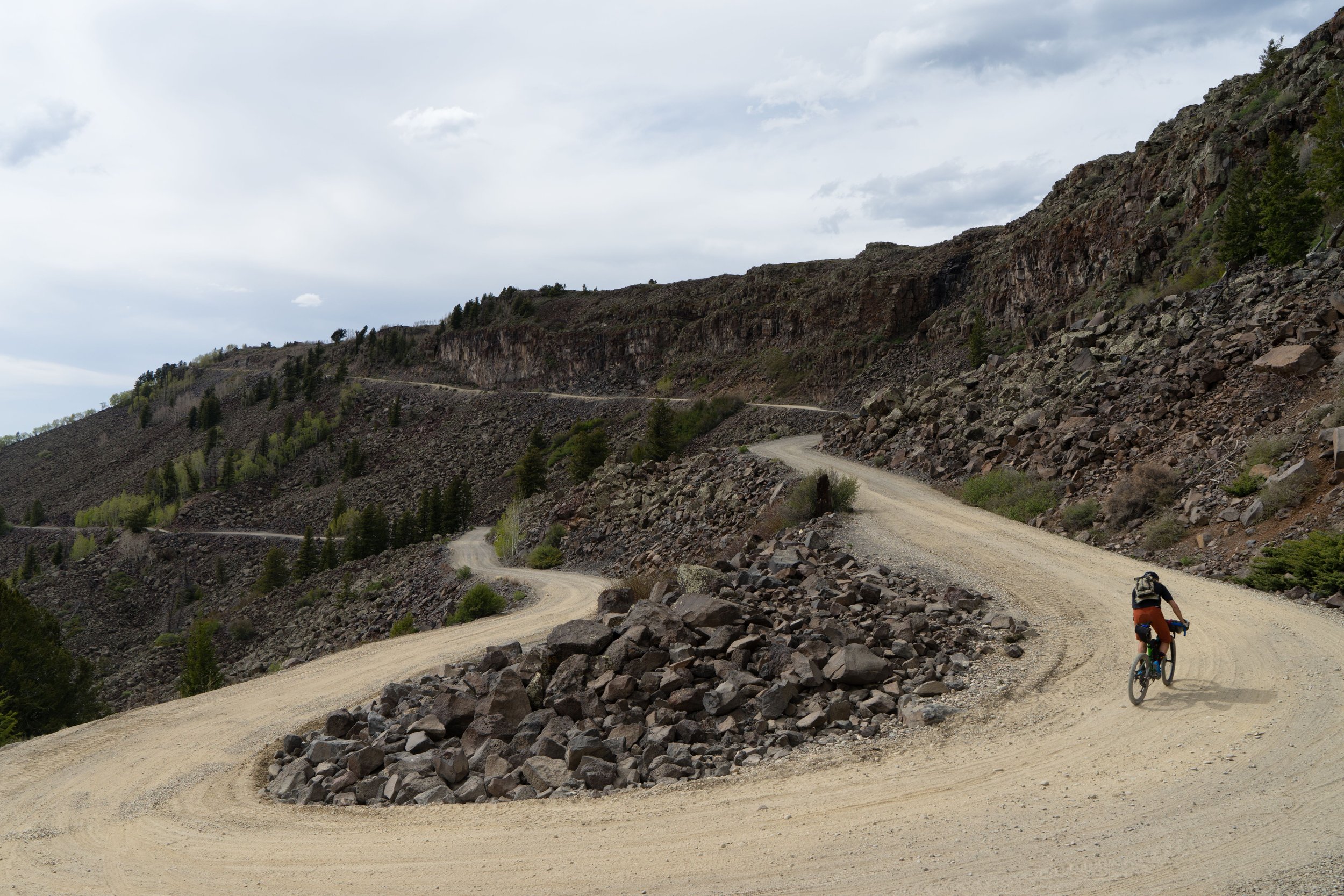Bike Fitting Specifics. Gravel Cycling edition
Now that gravel has become the fastest growing discipline in the cycling industry we have been lucky to see equally fast innovation in frame materials, geometry and components. Everything from bar tape for gravel, shoes for gravel, drivetrains specific to gravel. Even the riding clothing and helmets have gotten the gravel specific treatment. Does that mean there is a “gravel specific bike fit”?
Here are 5 bike fitting considerations for the Gravel Specific Bike Fit
1: Any bike can be a gravel bike but a modern bike released squarely in the Gravel category will have all the attributes to keep you on pace for the continued progression of the discipline. Tire capacity, comfortable geometry and stability at speed. Your new gravel bike is not just an old cross bike and a quality gravel fit will take the characteristics of your bike in mind to optimize your performance off the beaten path. A new gravel bike can literally do it all, and it should be able to with the amount of category specificity you will receive with your new bike.
2: Become a confident mixed surface rider before adopting the fit from your Road bike. The position of your contact points is different for road descending and cornering from gravel climbing and navigating single track. Especially considering the unique needs of climbing grades over 15% on loose rocks that want to slip out at your first attempt to stand and pedal. Great, now you are walking the rest of this hill.
3: Flared bars provide comfort and ergonomic improvements when descending from the drops. Aligning your shifter hoods to match that contour and be remotely even with each other takes attention to detail which is amplified over every bump you take. Off road riding requires that you can both float with the bike but also hold on tight when the surface has some sting. Make sure your cockpit is optimized for the task at hand.
4: How much suspension is enough? The race is on for manufacturers to claim the most compliant and comfortable gravel seatpost or the saddle that absorbs 15% of your energy. Smoother riding and reduction of vibration can come in many forms and will be thrown at you with every product you consider. My personal preferences are to double wrap my bar tape in specific points and to choose a saddle with a softer upper surface than my performance demanding road bike. Gravel riding can take you well beyond your usual routes and limits, why not add a little comfort to the journey.
5: Your gravel riding body position is more important than how aero your bar bag can be. The riding posture on a gravel bike should allow you to feel a bit more at ease with your 5 contact points. Able to quickly transfer weight from hands to feet to hands again, to push and pull the bars and then snap your hips out of the saddle. The agility demands of gravel require you to transverse rooted singletrack or loose sand stretches along a fire road. It helps to have a riding position that maximizes the specificity of your riding and allows you to get the most out of your bike.
Finally then we come to the last rule, perhaps the unspoken rule of gravel cycling; the spirit of gravel even? The last rule of “GRAVL bike fitting” is that there are no rules. Want to rung whatcha brung with a custom painted mismatched Frankenbike, no problem, that's a proper gravel bike. Can only fit 32mm “road tires” in that frame? Sounds Fun. At the end of the ride it's just about having fun with your bike on whichever dirt or paved path you choose.
Schedule a bike fit today and get your gravel ride dialed in…


